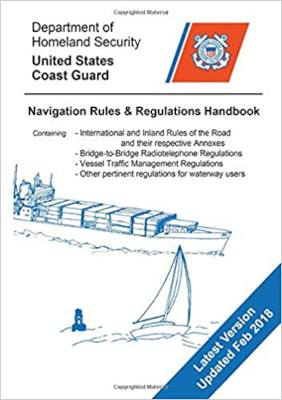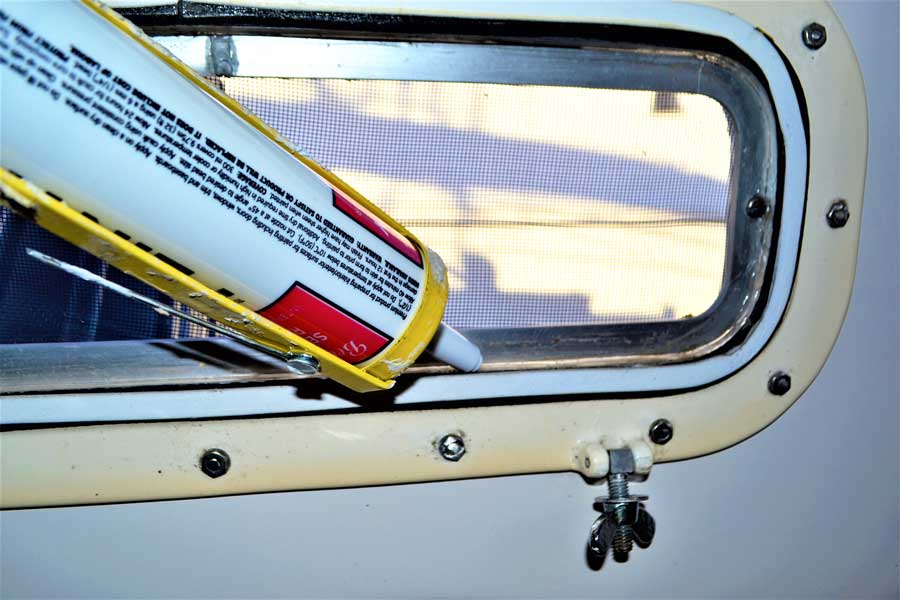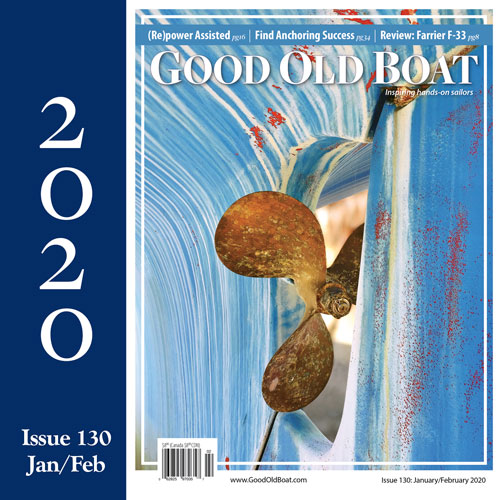
Everyone talks about the rules, but nobody does anything about them. If you’re about to head to sea and you haven’t memorized all the rules, lights, sound signals, and dayshapes, you may be in for some exciting times. As our coastal waters get more crowded, relying on pure luck may not be in your best interests.
I reviewed Navigation Rules-Rules of the Road for Inland and International Waters (Paradise Cay Publications, 2000) for the March 2001 issue of Good Old Boat and was not favorably impressed with its lack of illustrations and the manner in which the International and Inland rules were separated. I compared it to the USCG Navigation Rules International-Inland and found the Coast Guard version to be a more useable book while costing only a few dollars more.
This new edition from Paradise Cay Publications is a major improvement. It’s an exact copy of the entire USCG book with all illustrations and includes all corrections presented in Notice to Mariners up through July 19, 2001. The color illustrations are slightly less vivid but not to the extent to cause confusion. The publishers have also added a few features that readers may find valuable.
The ideal rules-of-the-road book should serve equally well for study and quick reference. In addition, if your boat is 12 meters (39 feet) LOA or greater, an updated current copy of The Rules must be kept on board to meet the Inland Rules requirement. But how do you keep it current? No problem here. On the preface page, Paradise Cay has added detailed instructions on how to log on to the NIMA Web site and how to find the information to keep The Rules up to date. I checked the directions, and they work perfectly.
Paradise Cay’s annotated table of contents is substituted for the USCG contents and most readers are likely to find it easier to locate specific rules. I personally like the notation for Rule 17(b) that reads, “In extremis cause for maneuver.” I didn’t know that most boat skippers are conversant in Latin. Unfortunately, the notation for Rule 18 (Responsibilities Between Vessels) refers to “pecking order.” Having had a flock of chickens, I know that responsibility between vessels has nothing to do with the big pecking the small. It’s a function of which vessel has more options to maneuver in avoiding a collision. Aside from those few minor things, the annotated contents may be a valuable timesaver for most readers.
This new edition is all that is needed for study and quick reference and, when regularly updated, should serve for many years to lessen the occurrence of certain exciting events.
Navigation Rules International-Inland (Paradise Cay Publications, 2001; 216 pages)




